Conditions are where power is found in Dungeons & Dragons 5E. Casters and magic users use and abuse conditions to alter the battlefield, tilting the fight in the favor of the side with more control of their own faculties.
When people say that mages are too strong in 5E, it’s because of their near monopoly on these statuses.
Many conditions have strange rulings that aren’t obvious and that 5E doesn’t explain very well. Ensuring that you know what happens when you are blind or paralyzed can help to clear up combats and lead to some creative solutions to common problems.
Blinded
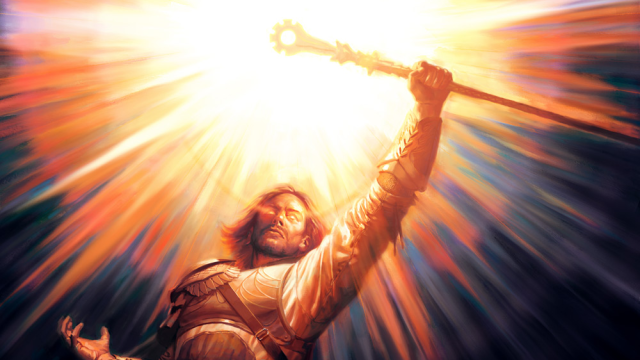
A Blinded creature can’t see. That means they can’t roll ability checks to find creatures if they only rely on sight, attack rolls against the creature have advantage, and their attack rolls have disadvantage. In addition, if their only precise sense is sight, they can’t target with magic.
Blind is one of the most devastating statuses to casters. You can’t target spells at a range if you can’t see, making most magic a lot harder to cast. A Blinded Wizard can’t hit someone from far away with Hold Person, for example.
However, Blind does not prevent area-of-effect spells like Fireball. A DM might suspect foul play if you land the world’s best Fireball in a combat encounter while Blind, but it is possible to throw one out that hits multiple creatures, since it doesn’t target.
Blind is also less effective against creatures with multiple senses that are precise. A Blinded Wizard with Tremorsense 60 feet can still target creatures within 60 feet, since they have another precise sense to use.
Lesser Restoration is a common cure to this malady.
Charmed
A Charmed creature cannot target their Charmer with attacks or harmful effects. The Charmer gets advantage on ability checks to socially interact with the creature.
Targeting comes up again. Technically, it is possible to hit your Charmer with area-of-effect spells, like Hypnotic Pattern. It also does not prevent you from attacking friends of the Charmer, though the Charmer may ask you to do otherwise.
You may get Inspiration for not abusing these loopholes. Many spells that use Charm, like Dominate Person, will have additional effects on top of the charm—such as control of actions.
Charm often ends through continuous saving throws. Calm Emotions is another common cure to it.
Deafened
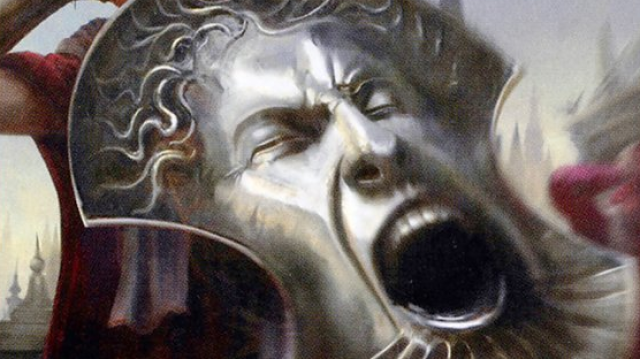
A Deafened creature can’t hear anything. They can’t make hearing-based ability checks. Like Blind is with sight, if their only precise sense is hearing, they can’t target.
Few creatures rely only on hearing, so Deafened mostly prevents very specific, language-based effects. You can’t talk to a Deafened creature without magical aid, for instance.
It can be cured with Lesser Restoration, though Deafened is rarely worth the spell slot.
Exhaustion
Exhaustion is a level-based condition that gets worse at every point. The levels of exhaustion work as follows:
| Level | Effect |
| One | Disadvantage on ability checks |
| Two | All Speeds halved |
| Three | Disadvantage on attack rolls and saving throws |
| Four | HP max halved |
| Five | All Speeds to zero |
| Six | Death |
Exhaustion is a relatively rare condition, usually applied by environmental hazards like extreme heat or cold. Some spells, like Sickening Radiance, and the Berserker‘s Frenzy apply it as well. Building up Exhaustion levels can be a quick way to turn your character into a blob.
Very few effects actively cure Exhaustion, the most common being Greater Restoration. Exhaustion otherwise goes away over the course of several long rests.
Frightened
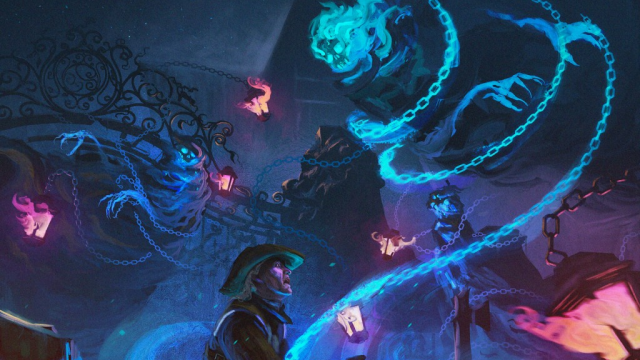
Frightened is a sight-based debuff. While a creature can see the source of the Frightened effect, they make attack rolls and ability checks at disadvantage and can’t willingly move closer to the source.
Frightened is an exceptionally common condition which applies its disadvantage to many rolls and prevents easy movement. However, several Frightened effects end when a certain distance from the target is reached, and more are ineffective if the source of fear is gone. A Banishment spell on a dragon, for example, will end the Frightened effect from its Frightful Presence while it is gone.
Frightened also barely impacts spellcasting. If you focus on save-based spells, rather than attack roll-based ones, you can get around Frightened without issue. Calm Emotions can be cast to remove it in an emergency.
Grappled
Grappled reduces speed to zero.
By default, this is all Grappled does. You can’t move through standard walking, flying, or swimming while you’re Grappled. By default, your attack rolls and spells are completely unaffected.
Most enemies that Grapple also have other effects, such as swallowing the person whole or dealing damage every turn that the Grapple is maintained. However, Grappling ends once either the Grappler or Grappled creature is forcefully moved. Teleportation through spells like Misty Step are common cures to this malady, as are knockback effects like from spells like Thunderwave.
Incapacitated
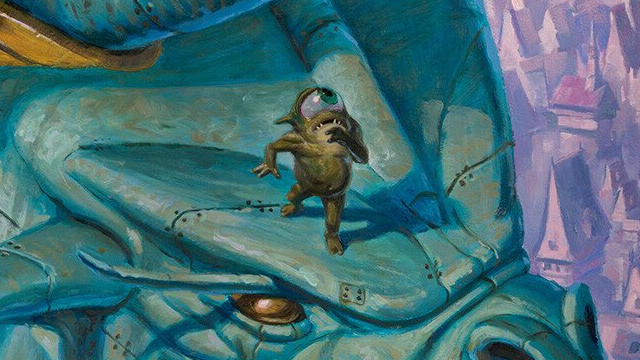
While Incapacitated, a creature can’t do anything; no actions or reactions.
This condition skips your turn. You can’t take bonus actions or even free actions like swapping your inventory around. You can move, technically, if you’re only Incapacitated.
Most of the time, you’re Incapacitated as the result of another effect, such as paralysis or unconsciousness. However, some effects, like Raulothim’s Psychic Lance, just apply Incapacitation.
No effect deals with specifically Incapacitation, so you normally either have to cure the condition applying it or wait out the condition in its entirety.
Invisible
While Invisible, a creature cannot be seen without special aid, such as magic or alternative senses. The creature can hide at will, but might make noise or leave tracks as usual. The Invisible creature makes attacks with advantage and, if unseen, attacks against it have disadvantage.
Invisibility is a status effect that effectively Blinds everyone to the affected creature. Even if you know generally what square an Invisible creature is in, you can’t target them with magic unless you have an alternative sense, such as Truesight.
You can still take wild swings at a target with Invisibility, much like you can swing wildly while Blinded, but those attacks have disadvantage. You can counter Invisibility through a number of means—from definite methods like Faerie Fire or See Invisibility to less defined options like paint cans or smoke manipulation.
Paralyzed
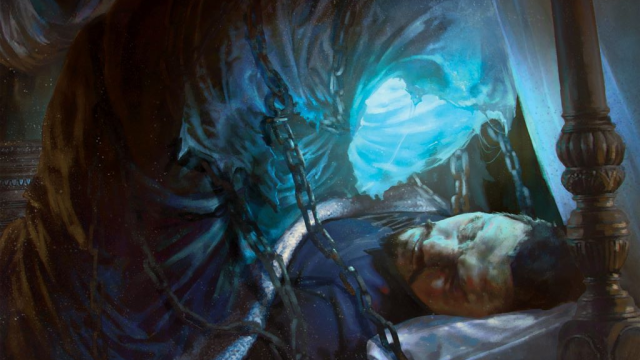
A Paralyzed creature is Incapacitated. Beyond that, they can’t speak, fail Strength and Dexterity saving throws, and attack rolls against them have advantage. If they get hit by an adjacent creature, the hit becomes a critical hit.
Perhaps the scariest common condition in the game, Paralysis is a gigantic problem to any creature who is affected. Not only does it skip turns, but it turns you into a massive beacon that can easily be knocked out in a round of combat. And the low level spell Hold Person allows any spellcaster—from Bards to Wizards—access to this devastating debuff.
Paralysis can be cured with Lesser Restoration, which is a way to avoid critical hits from the condition. Many effects that cause paralysis require concentration, so hitting the caster is a relatively safe way to remove it.
Petrified
Petrified creatures become objects, alongside any non-magical gear they have. While like this, they don’t age, attacks against them have advantage, they can’t move, speak, or sense anything around them. They also fail Strength and Dexterity saving throws, resist all damage, and are immune to poisons and diseases.
Petrification does not cure poison or disease, however. It merely suspends them.
This status is rare but devastating. The spell Flesh to Stone is perhaps the most common way to apply it. Removing it is annoying, usually costing a Greater Restoration at the minimum.
Poisoned
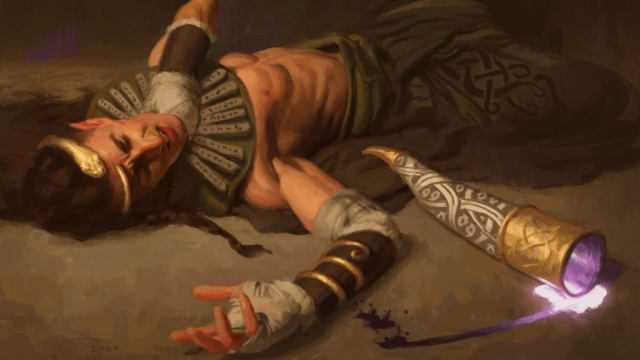
A Poisoned creature simply has disadvantage on attack rolls and ability checks.
What Poisoned lacks in effects it makes up for with absurd levels of commonality. Many enemies and spells can apply this condition. Not all poison damage effects will make you Poisoned, but a number of them (like Ray of Sickness) will do both.
Poisoned is thankfully quite easy to cure with Lesser Restoration or Protection from Poison, alongside many common healing spells.
Prone
A Prone creature has been swept off their feet. They can only crawl, have disadvantage on attack rolls, and attacks against them from adjacent squares are made with advantage. However, attacks from a further distance are made with disadvantage.
Prone is a theoretically powerful status effect for melee characters. It gives advantage on attacks from their preferred range and prevents easy movement.
However, Prone can be removed at the extremely low cost of halving your Speed for the turn. You don’t even spend your move action to remove the status. The only real way to keep someone prone for longer is to reduce their Speed to zero and then knock them prone, since they can’t halve zero to stand up.
Restrained
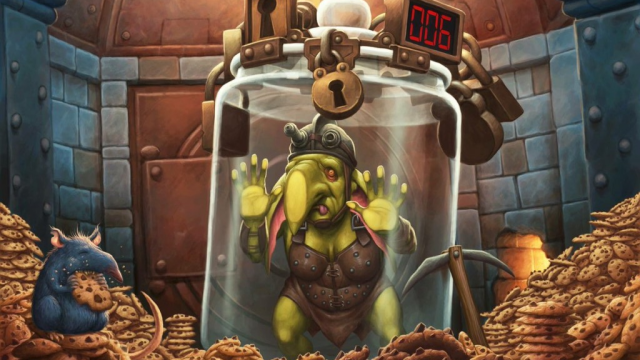
Restrained creatures are tied up, locking their speed at zero. While locked down, attack rolls against the creature are made with advantage, and their attack rolls have disadvantage. Their Dexterity saves are similarly disadvantaged.
Restrained is a common effect from natural spell lists, like Druid and Ranger with Entangle or Ensnaring Strike. It can be done non-magically through rope and a Boy Scout badge.
Restrained does not necessarily stop somatic components unless it is specified otherwise. For example, a Sorcerer who fails a saving throw against Entangle can still cast magic or perform gestures without much issue. Restrained, by default, only affects saving throws, speed, and attack rolls.
Restrained is a difficult status to remove magically, though Freedom of Movement is a spell designed to specifically counter it. Most of the time, you’ll need to damage the caster or make the correct Strength checks to escape.
Stunned
A Stunned creature is Incapacitated, unable to speak clearly due to extreme trauma that the body is catching up on. The creature fails Strength and Dexterity saves and attack rolls against it are made at advantage.
Discount Paralyzed is still very strong. Being unable to move and eating advantage attack rolls is not the place any character wants to be. It’s a fairly rare status, with the Monk‘s Stunning Fist being the most common source.
However, that means it is fairly difficult to cure. Specific class features can cure a Stun, such as the Physician’s Touch of a Way of Mercy Monk. Extremely powerful healing spells can also cleanse a Stun; Power Word Heal, for example, will get you out of it.
Unconscious
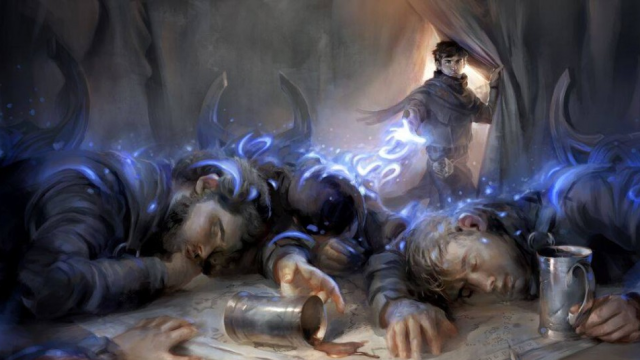
An Unconscious creature is Incapacitated, can’t sense anything, and can’t speak. They drop whatever they have in hand and fall prone. While unconscious, a creature fails Strength and Dexterity saves, takes attack rolls at advantage, and are auto-crit if the attack is from adjacent squares.
Unconsciousness will normally arise from two scenarios: being knocked to zero health or being put to sleep with a spell like Sleep. Physical Unconsciousness is healed through healing or aid after a combat is over while magical Unconsciousness will depend slightly from spell to spell.
Sleep spells can be negated through an action or whenever a creature takes damage. Throwing a stone at someone is typically enough to wake them up, for example. This brings a creature out of Unconsciousness, though still leaves them prone and without a weapon.




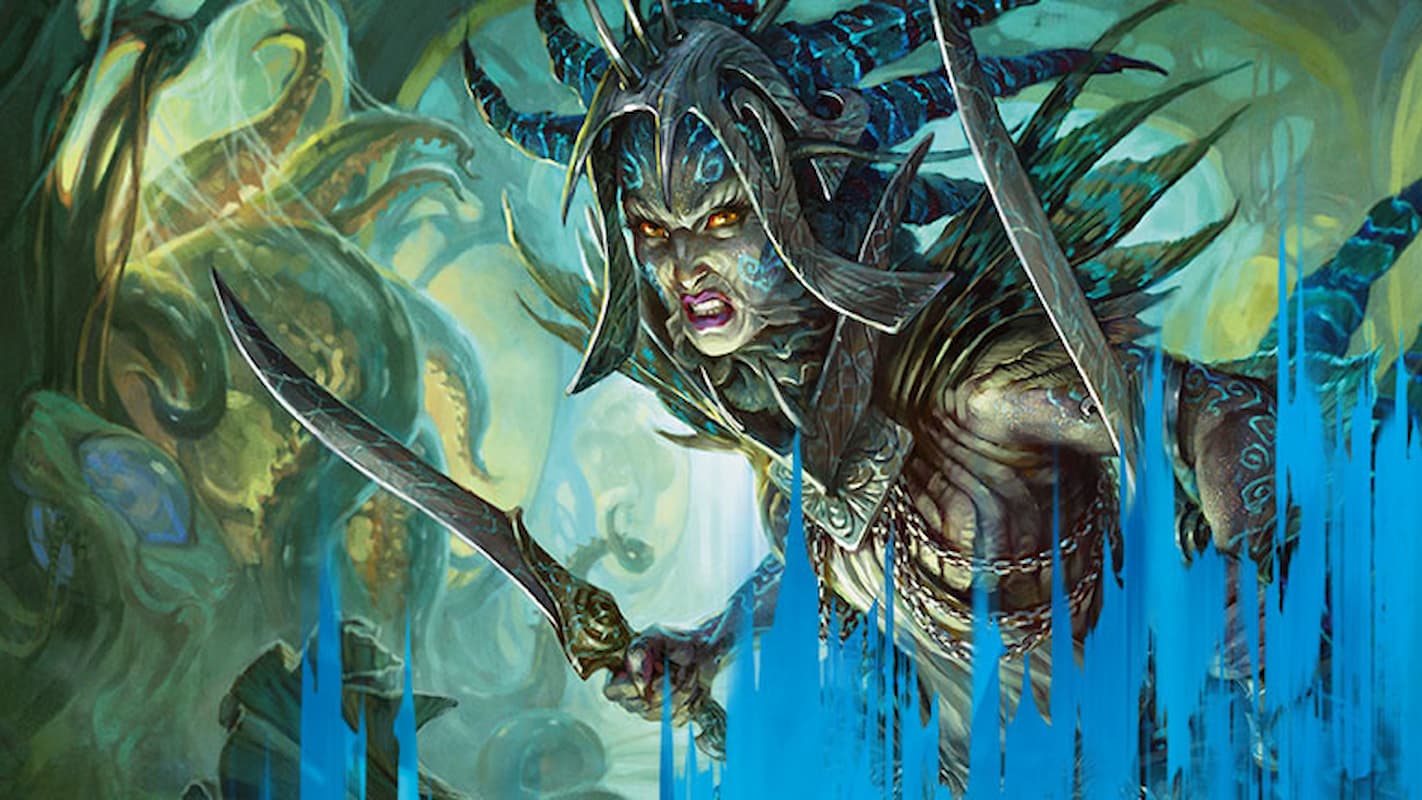
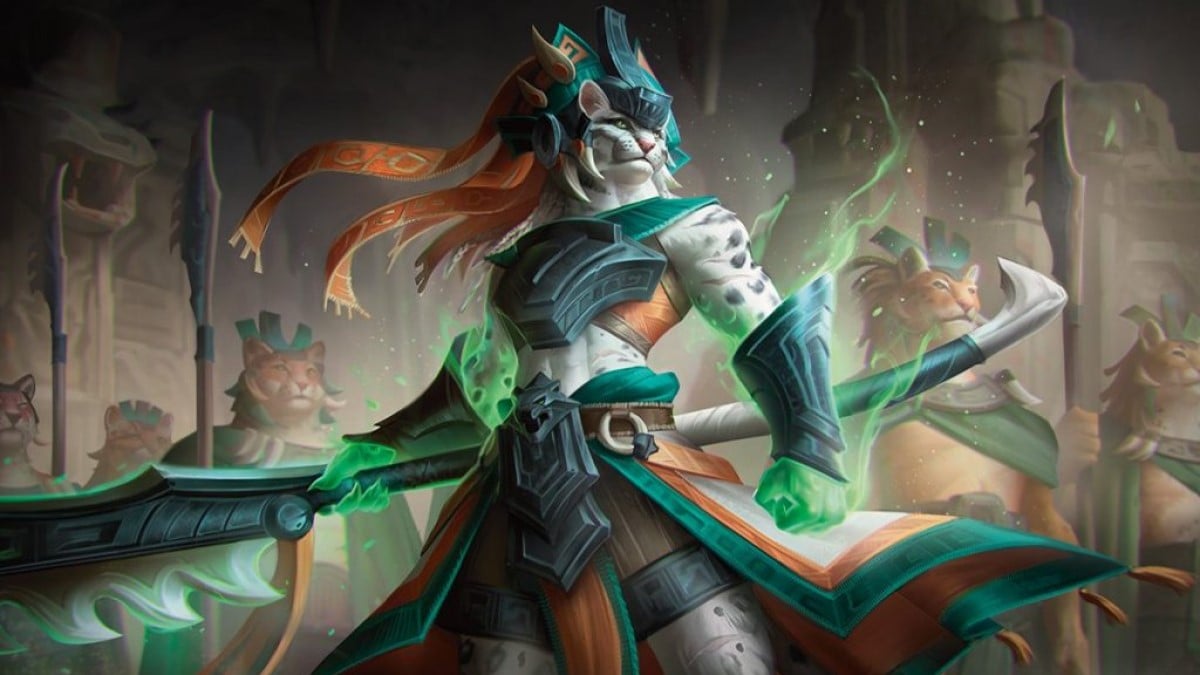
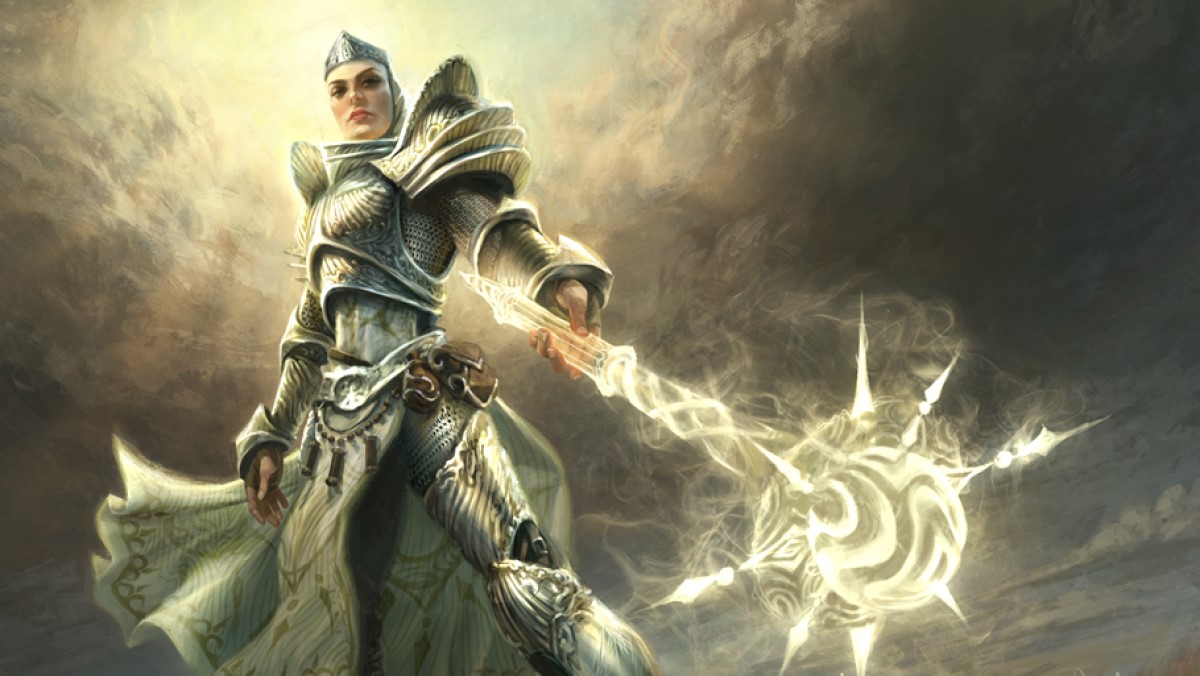


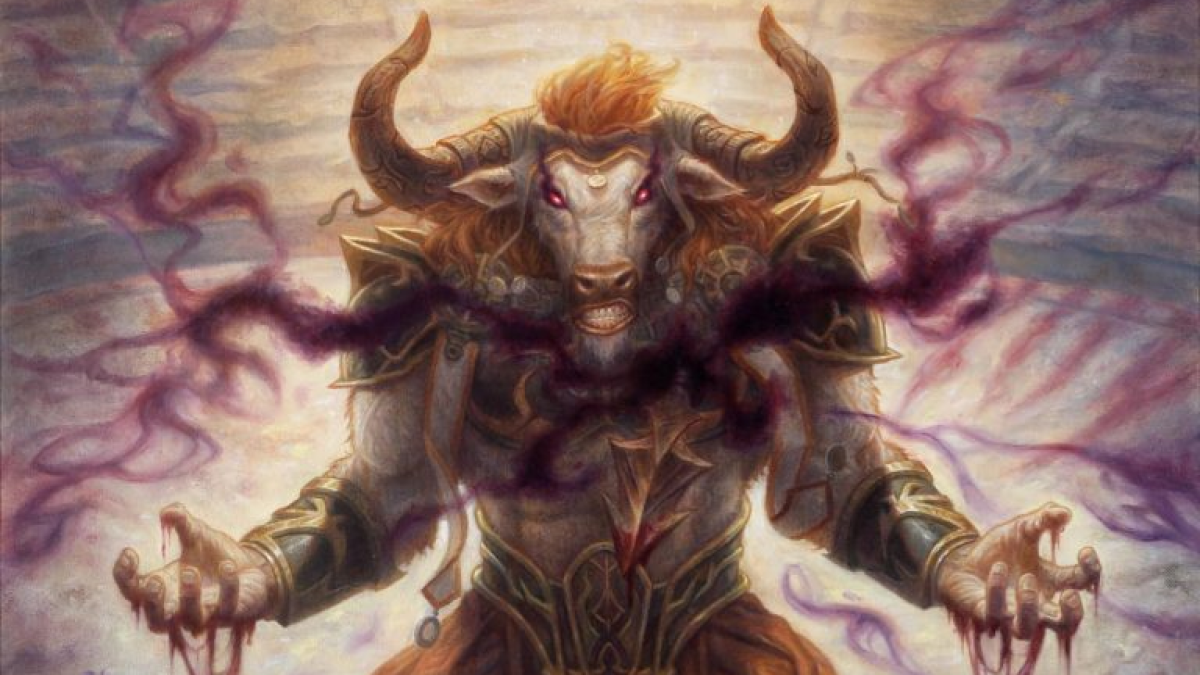
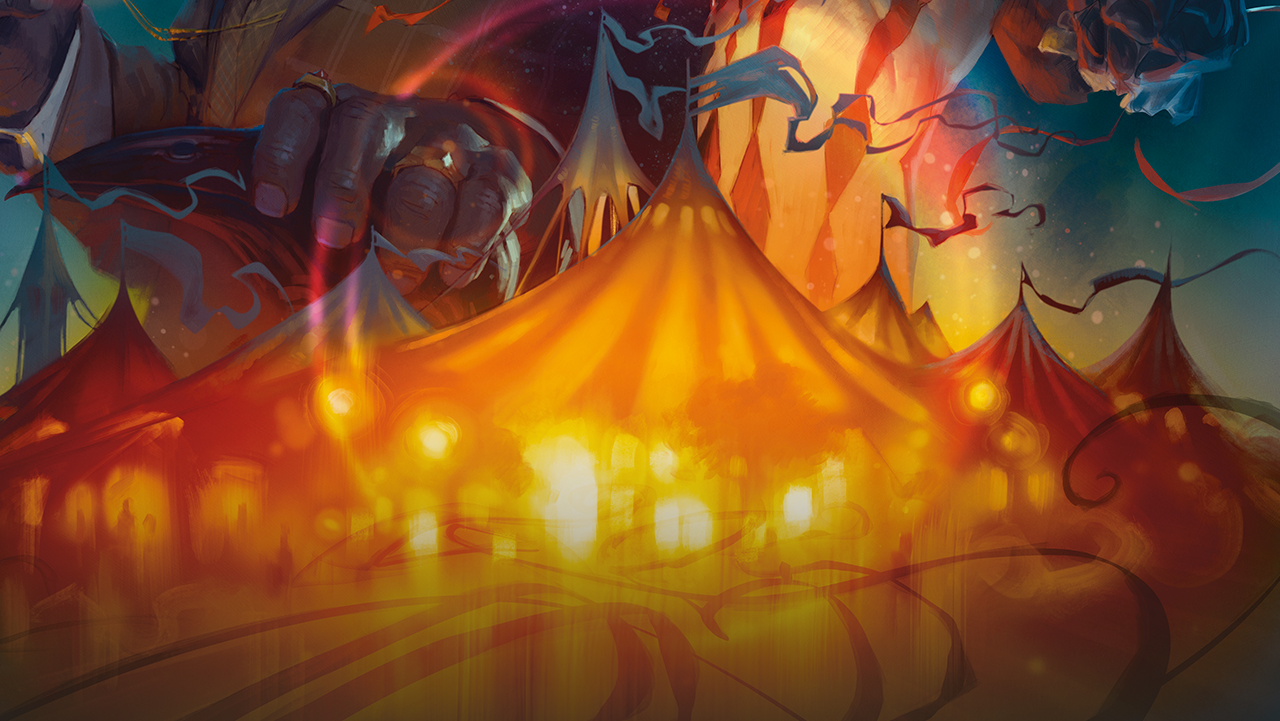
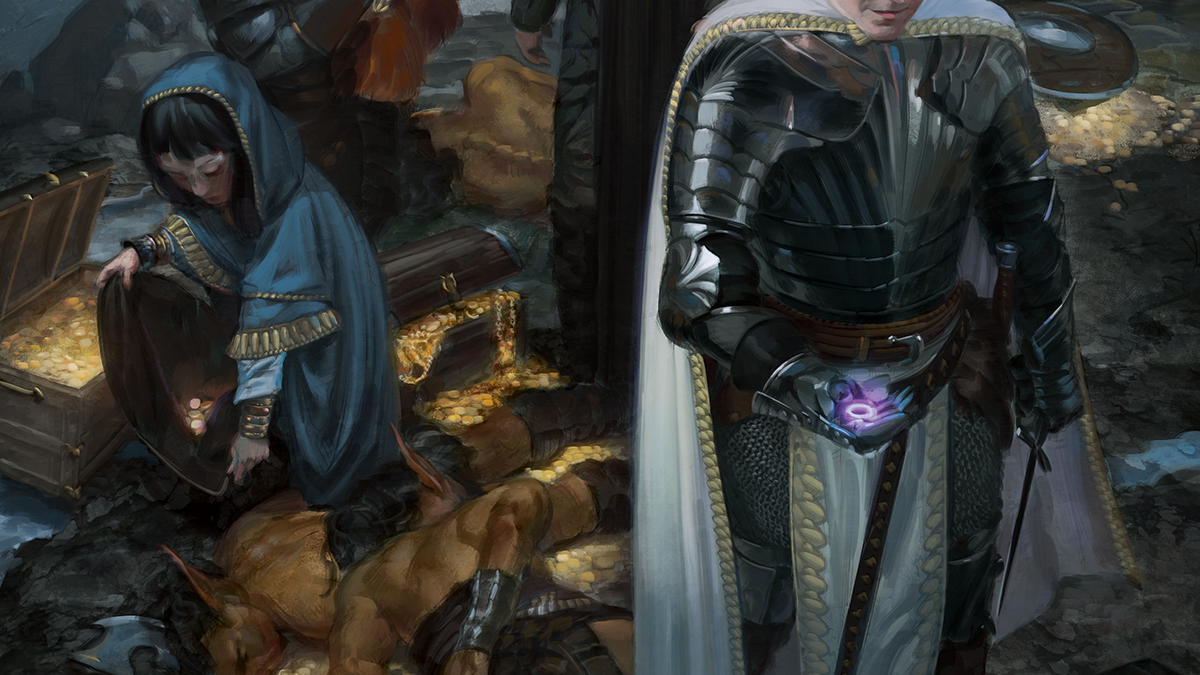
Published: Nov 1, 2023 04:44 pm